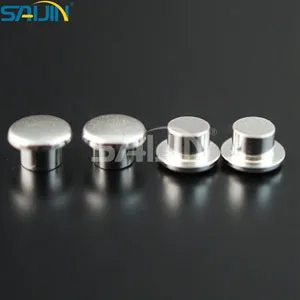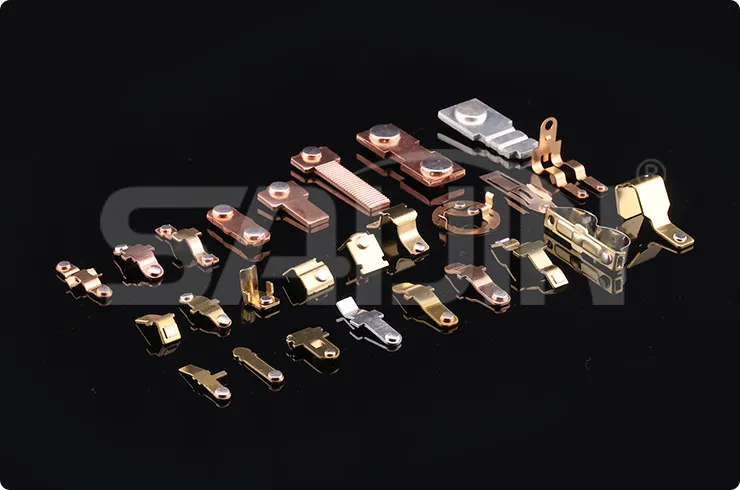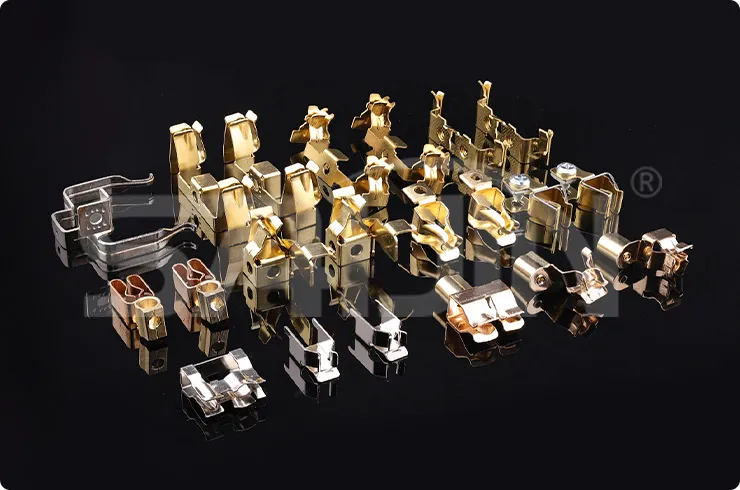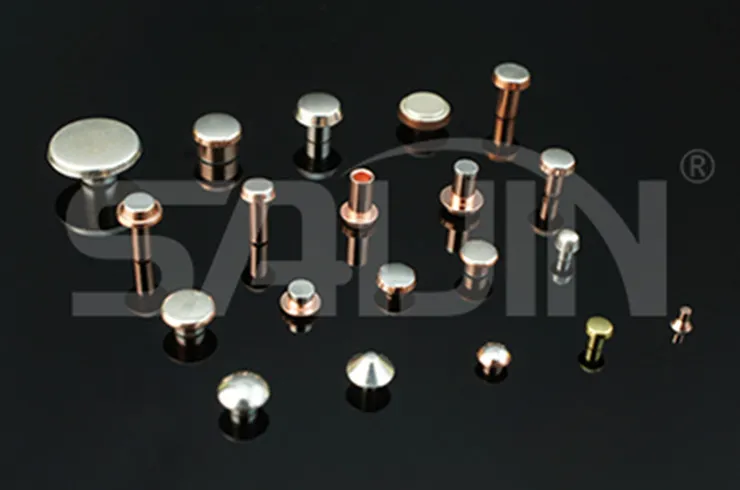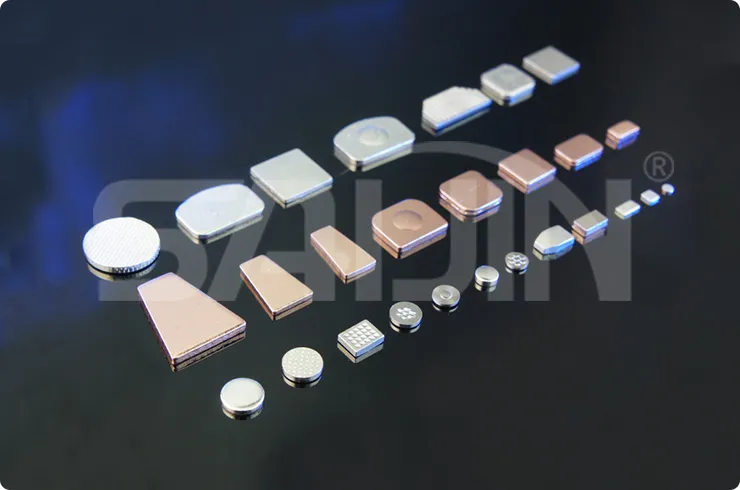All AgNi materials show good workability and are easy to weld to contact supports. Low tendency towards material transfer in DC applications AgNi materials are environment-protective materials.
Product Material
AgNi
Application Scope
AgNi contact materials find a wide range of application in Low voltge switching devies. They are used in power relays,small contactors,light switches,temperature controllers etc,as well as in protective switches (in the latter case they are used in asymmetric contact pairs, for instance,against AgC or AgZnO materials).

